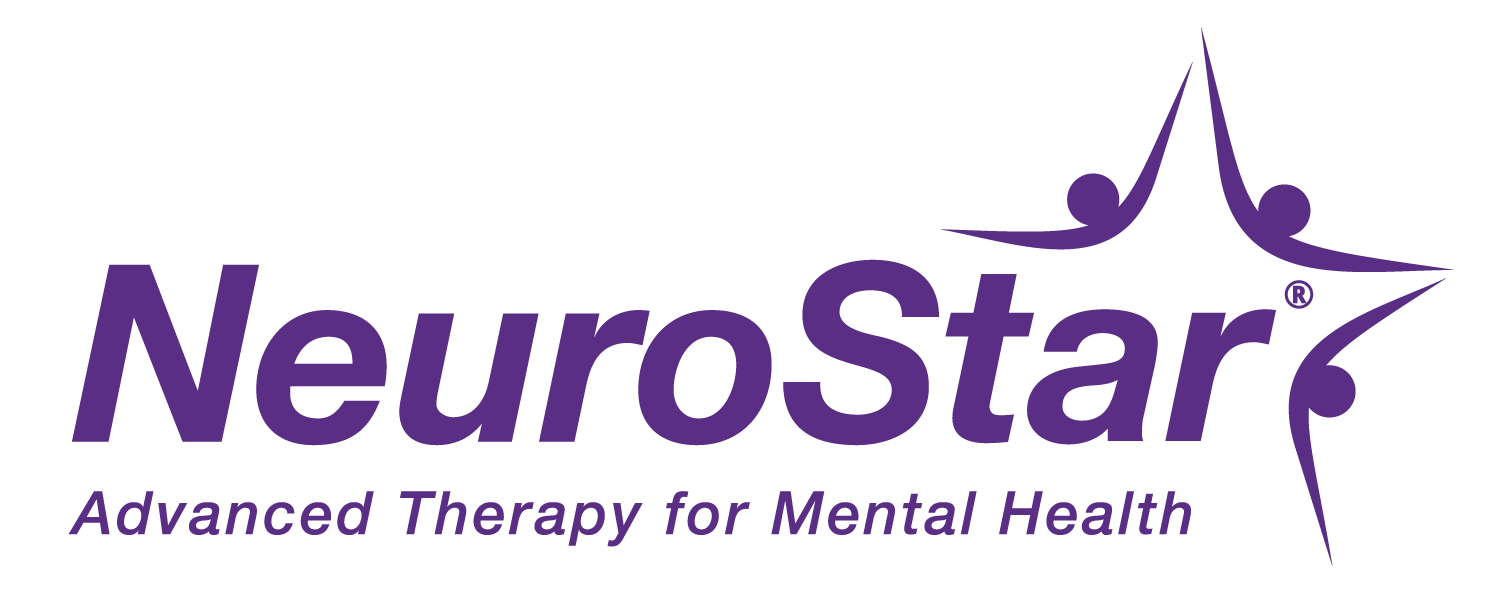Transcranial magnetic stimulation (TMS) has become a popular non-invasive treatment option for Major Depressive Disorder in recent years. By delivering electromagnetic pulses to targeted areas of the brain, TMS can help relieve depression symptoms without surgery or medication.
However, as with any medical treatment, TMS does come with potential side effects. As you consider Transcranial Magnetic Stimulation (TMS) Treatment, it’s important to have the full picture of what to expect, both during and after treatment sessions. Being informed on the realities of TMS will allow you to make the best decision for your mental health.
In this blog, we’ll explore the key facts you should know about possible TMS side effects. We’ll also provide tips to minimize any discomfort from Transcranial Magnetic Stimulation (TMS) Treatment.
What Is Transcranial Magnetic Stimulation (TMS)?
First, let’s quickly review what TMS is and how it works. TMS is a non-invasive, non-drug depression treatment. During a session, a device delivers electromagnetic pulses to targeted areas of the brain.
The magnetic pulses pass through the skull to stimulate mood-regulating neurons. The stimulation increases activity in underactive areas of the brain responsible for mood.
TMS aims to rebalance brain activity associated with depression. Recent TMS research has shown it can be as effective as antidepressant medication for some people.
Sessions typically last 18 minutes and 40 seconds and are administered 5 days per weeks. The full course of Transcranial Magnetic Stimulation (TMS) Treatment of 36 sessions.
What Are Common TMS Side Effects?
TMS is considered very safe overall, especially compared to psychiatric medication or electroconvulsive therapy (ECT). Still, some people do experience side effects from Transcranial Magnetic Stimulation (TMS) Treatment.
Here are some of the most common side effects reported in TMS research:
- Headaches - This is one of the most frequently reported side effects. Headaches can occur during or after Transcranial Magnetic Stimulation (TMS) Treatment sessions. They tend to be mild and often improve over the course of treatment.
- Scalp discomfort - Some people experience a tingling or irritating sensation on their scalp where the magnetic coil is placed. This discomfort is temporary and tends to lessen over time.
- Lightheadedness or dizziness - Magnetic stimulation can occasionally cause brief lightheadedness or dizziness. This side effect is short-lived, lasting only a minute or two after each pulse.
- Facial muscle twitches - The magnetic pulses can stimulate facial nerves and muscles, causing occasional twitches. These are harmless and subside right after the session.
- Mood changes - Some people report mood swings, anxiety, or irritability, especially in the first week of TMS. This usually stabilizes quickly as treatment continues.
- Sleepiness - TMS can have a fatiguing effect. Some people get sleepy during or after sessions. Taking naps is encouraged to avoid sleep deprivation.
In very rare cases, Transcranial Magnetic Stimulation (TMS) Treatment may cause seizures or mania. This risk is less than 1% for Major Depressive Disorder patients.
How Can Side Effects Be Minimized?
While TMS side effects are usually mild, it helps to take a proactive approach to minimize discomfort. Here are some tips that may reduce the chances of adverse effects:
- Take over-the-counter pain medication before sessions if recommended by your doctor. Pain relievers can prevent stimulation headaches.
- Use earplugs during treatment to muffle the clicking sounds of the magnetic pulses. This protects hearing and reduces headaches.
- Ask your TMS technician to adjust the stimulation intensity slowly. Sudden surges in intensity can heighten side effects.
- Report any discomfort to your TMS provider so adjustments can be made. Don’t try to grin and bear it.
- Stay hydrated by drinking extra water before and after treatment. Dehydration exacerbates headaches.
- Avoid caffeine for several hours prior to treatment, as it can amplify anxiety or jitteriness.
- Use relaxation techniques like deep breathing during the session to minimize tension.
- Plan rest periods around your TMS appointments to conserve energy.
- Apply a cold pack to your head after treatment to reduce headaches or scalp discomfort
When Are Side Effects Cause for Concern?
In most cases, TMS side effects are minor nuisances that come and go with each session. They generally don’t pose serious medical risks.
However, contact your TMS doctor right away if you experience:
- Loss of consciousness or a seizure during or after treatment
- Marked mood changes like euphoria, rage, or suicidal thoughts
- Frequent or severe headaches that don’t respond to medication
- Hearing loss, balance issues, or vertigo after treatment
- Uncontrolled muscle spasms in the face or limbs
- Significant scalp burns or sores that won’t heal
These reactions are uncommon but may indicate TMS isn’t right for you. Your provider will determine if your treatment plan needs adjustment to avoid ongoing side effects.
Does TMS Have Any Long-Term Side Effects?
An encouraging finding from TMS research is that long-term side effects appear minimal after treatment ends.
Any side effects that occur during the sessions, typically go away completely shortly after the final appointment.
This is one advantage of TMS over antidepressant medications, which often cause lingering side effects like sexual dysfunction, fatigue, or weight gain.
There is some debate in TMS research around potential long-term cognitive or memory changes. However, most studies have found no decrease in cognitive function.
In fact, relieving major depression with TMS is likely to boost concentration, memory, and clarity. Any cognitive complaints are likely due to remaining depression symptoms rather than Transcranial Magnetic Stimulation (TMS) Treatment itself.
One exception is rare cases of mania triggered by TMS. If mania occurs, mood-stabilizing medication may be required on an ongoing basis. But mood switching is an uncommon TMS side effect overall.
Any lingering scalp discomfort, headache, or dizziness should be reported to your doctor. However, for most patients, side effects fully resolve within days to weeks after completing TMS.
Weighing the Benefits and Risks
For many people with treatment-resistant depression, TMS provides much-needed relief with minimal side effects or health risks.
But it’s also understandable to have concerns about any potential side effects that may occur. Being fully informed on what to expect can help you feel comfortable proceeding with TMS.
Overall, TMS research has shown the benefits outweigh the small risk of side effects for most major depressive disorder patients.
Thousands of people have safely and effectively improved their mental health with Transcranial Magnetic Stimulation (TMS) Treatment. With a knowledgeable TMS provider and proactive approach to minimizing discomfort, you too can experience the benefits while avoiding significant side effects.
If you’re struggling with depression and considering TMS, don’t let worries about side effects deter you from seeking help. Meet with a TMS provider to discuss whether it may be a good fit for your situation.
While TMS isn’t completely free of potential side effects, the vast majority are mild and temporary. With open communication and vigilance, any side effects that do occur can be promptly addressed so you can continue on your road to recovery.


